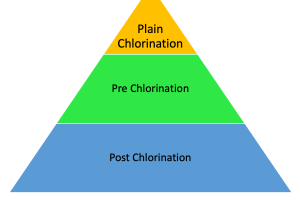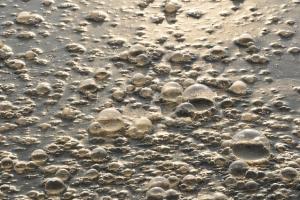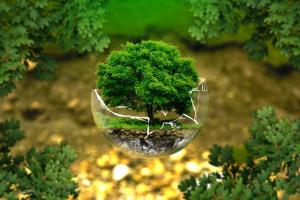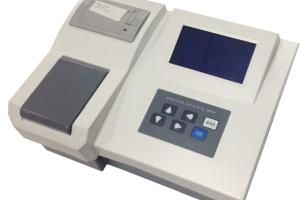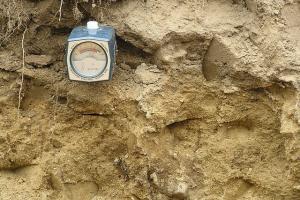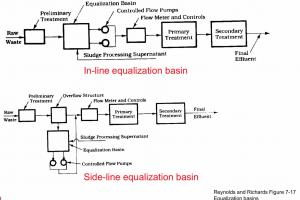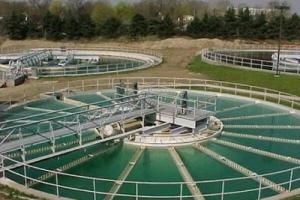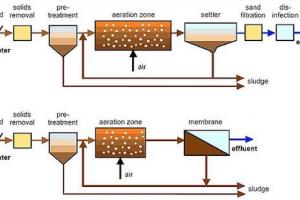What is Disinfection and Methods of Disinfection of Water
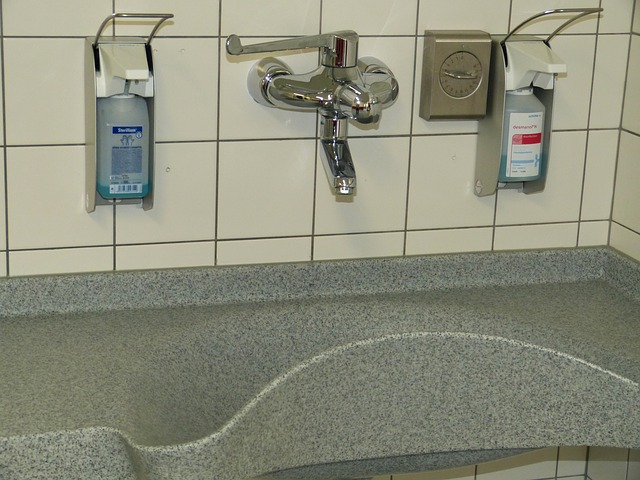
Definition of Disinfection
Disinfection is a crucial step in water treatment that aims to eliminate or inactivate harmful microorganisms, including bacteria, viruses, and parasites, from water. It ensures that the water is safe for consumption and reduces the risk of waterborne diseases. Various methods are used for water disinfection, depending on the specific requirements and characteristics of the water. Here are some commonly used methods:
Methods of Disinfection of Water
Disinfection of water can be done by
Chlorination:
Chlorination is one of the most widely used methods of water disinfection. It involves the addition of chlorine-based compounds, such as chlorine gas, sodium hypochlorite, or calcium hypochlorite, to the water. Chlorine kills microorganisms by disrupting their cellular functions and structures. It is effective against a wide range of pathogens and has a residual disinfection effect, which helps protect against recontamination as water travels through the distribution system.
Chlorine Dioxide:
Chlorine dioxide is another effective disinfectant used in water treatment. It is typically generated on-site by mixing precursor chemicals, such as sodium chlorite and an acid. Chlorine dioxide is highly reactive and acts as a powerful disinfectant against bacteria, viruses, and protozoa. It is often used for treating larger water systems and has the advantage of not producing significant disinfection byproducts (DBPs) compared to chlorine.
UV Disinfection:
Ultraviolet (UV) disinfection utilizes UV light to inactivate microorganisms present in water. UV light damages the genetic material (DNA or RNA) of microorganisms, rendering them unable to reproduce and causing infections. UV disinfection is effective against a broad range of pathogens, including bacteria, viruses, and parasites. It is commonly used as a supplementary disinfection method in conjunction with other primary disinfection processes.
Ozonation:
Ozone (O3) is a powerful oxidizing agent that can be used as a water disinfectant. It is produced by passing oxygen through a high-voltage electrical discharge, generating ozone gas. Ozone acts by oxidizing and destroying microorganisms, as well as organic compounds present in the water. It is effective against bacteria, viruses, and some parasites. Ozonation is often used in combination with other disinfection methods and can help control taste and odor issues.
Membrane Filtration:
While not a traditional disinfection method, membrane filtration processes, such as microfiltration, ultrafiltration, and nanofiltration, can effectively remove microorganisms from water. These processes rely on the use of porous membranes that physically separate and retain bacteria, viruses, and other pathogens. While they do not kill microorganisms, membrane filtration acts as a barrier and helps ensure the removal of pathogens, providing a level of disinfection.
Chloramination:
Chloramination is a disinfection method that involves the addition of chloramines to water. Chloramines are formed by the reaction of chlorine with ammonia or ammonium compounds. Unlike free chlorine, chloramines have a longer-lasting disinfection effect and can provide residual protection in the distribution system. Chloramination is commonly used as an alternative to chlorine in situations where the formation of disinfection byproducts is a concern.
It is worth noting that the selection of the appropriate disinfection method depends on various factors, including the quality of the source water, target pathogens, required contact time, regulations, and the desired level of disinfection. Often, multiple disinfection methods are used in combination to achieve a comprehensive approach to water treatment and ensure the delivery of safe drinking water.
In the water treatment processes, pathogens & other organisms can be partly physically eliminated through coagulation, flocculation, sedimentation, & filtration, in addition to the natural die-off. After filtration, to ensure pathogen-free water, the chemical addition of chlorine (so-called chlorination), rightly or wrongly, is most widely used for the disinfection of drinking water. This less expensive & powerful disinfection of drinking water provides more benefits than its short coming due to disinfection by-products (DBPs). DBPs have to be controlled. The use of ozone & ultraviolet for disinfection of water & wastewater is increasing in the United States.




